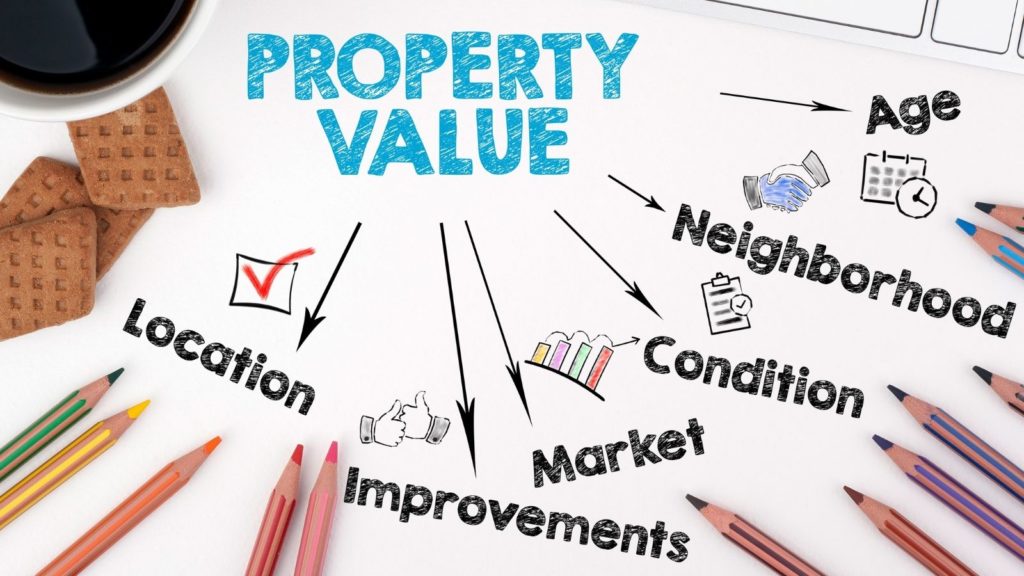Home sellers have plenty of work to do. They need to have their properties listed, advertised, and marketed. Some sellers are often getting ready for open house showings while they are also researching other houses and neighborhoods that they would consider living in at the same time.
Some homeowners may need a short sale in certain instances. A short sale is the sale of a home at its fair market value, even though the seller’s mortgage is greater than that dollar amount. There are many reasons why this occurs. The seller may need to sell their house due to bankruptcy, divorce, sudden change of job or income, or other circumstances. This may make the home harder to sell, but it’s not always impossible.
Selling a home in California can take time. Even if you have a motivated buyer, the process still may not be completed for several weeks or months after an offer has been accepted. There are certain steps that need to be taken and different people will become involved at various stages. You may also run into unexpected delays or other issues. Persistence, determination, and a proactive plan of action are essential for success.
Here are a few things that you can do if you’re planning to sell your house via a short sale:
1. Have the home’s value determined.
The first thing you should do is to learn what the fair market value is for the house that you’re putting up for sale. You can have an experienced home appraiser evaluate the home’s value. You could also ask your real estate agent for a broker’s price opinion or comparative market analysis.

Your lender will ask for this information, so it’s important to have the home valued as soon as possible. They will most likely want to know if the house still has enough equity left in it for them to break even if the house is foreclosed on or sold. Interested parties will also want to know the property’s value.
2. A hardship letter should be prepared.
You’ll need to explain to your mortgage lender why you’re asking for a short sale. This can be done with a hardship letter. It’s an important part of selling the home.
The letter should be as detailed as possible. It should explain any current problems that you’re facing that prevent you from making the rest of the mortgage payments that are due on time. Information about any other active debts that you owe and your current assets and income should also be provided.
3. Request a short sale application from your mortgage lender.
As a general rule of thumb, most home loan lenders don’t like short sales. They are rightfully concerned about the amount of risk that goes with them. However, you’ll still need to talk to your lender and ask them for a short sale application.

Once you’ve had that communication, the lender can then discuss the matter with realtors and potential buyers or investors. The seller will need to contact those parties first to discuss their intentions. Their consent should be obtained in writing. That way, they can proceed with the short sale application and package. Loan mitigators for the lender will receive the written consents and work with all involved parties in the event of a successful short sale.
4. The purchase agreement should be drafted, read, and signed.
The next step is to have a sale contract drawn up. The contract must have all necessary information, terms, conditions, and clauses. It should be read and reviewed before being signed.
This agreement will depend on the lender’s approval. They may require additional information, such as the buyer’s preapproval letter, the listing agreement, or other documentation that can substantiate the buyer’s ability to pay for the property. You’ll also need to attach an arm’s length affidavit. This legal document should prove that the seller and buyer do not have any pre-existing relationships and that the agreed-upon sale price is at or near the fair market value of the home.
5. A short sale package should be gathered.
All information that will support your request for a short sale should be included in the short sale package. This information will then be given to your lender. You can submit this information in physical or digital form, depending on the format that they prefer.

There should be an appraisal, broker’s price opinion, or comparative market analysis which suggests that the house won’t sell for as much money on the open market as it will in a short sale. You should also supply evidence that backs up your hardship claim, such as proof of income or asset valuation, a serious illness or death in your immediate family, tax returns, or credit card or balance statements for other existing loans that you may currently have.
6. Have the short sale package evaluated by a loss mitigator.
The lender’s loan mitigators will review all of the information in the short sale package. They will gather their own information to determine whether or not a short sale is appropriate. This may take a while, so don’t expect a quick response.
Your lender may discuss the broker’s price opinion with the realtor who provided that document to you. This can only happen if they receive the respective right to consent letter from you. They might also request a title report to see if there are any other active liens against your home.
7. The sale should be properly negotiated.
The lender can approve or deny your short sale request. A preliminary settlement statement will be supplied if the short sale is allowed. This statement will state the dollar amount that each party should receive as a result of the transaction, as well as the closing costs and closing date.

Take some time to review this document carefully. You may ask your lender for a statement that waives their right to go after a deficiency judgment against the home. This ensures that you won’t be responsible for paying the remaining mortgage balance after the sale is finalized.
8. Prepare for closing.
At closing, the mortgage lender will receive all proceeds. This is because the existing mortgage loan still has a balance due. The seller won’t receive any money from the sale.
All final paperwork will be signed and filed with the proper local government departments. The seller will receive the keys to their new home. They can move in as soon as they’re ready.
If the lender rejects the short sale request based on certain conditions that must be met, it’s very likely that they will approve the sale if those contingencies have been satisfied. Don’t be afraid to contact your lender if they have not responded after a reasonable amount of time. You should still receive a decision from them either way.
Conclusion
Short sales aren’t always easy, but they may be necessary at times. Lenders don’t like to have inventories of foreclosed homes. That’s why many of them are typically more willing to accommodate a short sale, as long as they won’t take a loss on the deal.

Once the home has been sold, you can put that chapter of your life behind you. It may not have been what you were hoping for when you first bought the house, but you’ve resolved the situation in a reasonable manner. You can look forward to starting a new phase in another location.
📞 Have Questions? Ask The Chris Eckert Real Estate Team
Give The Chris Eckert Real Estate Team a call today at 650.627.3799 to learn more about local areas, discuss selling a house, or tour available homes for sale.





